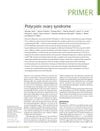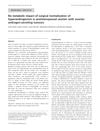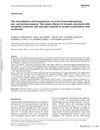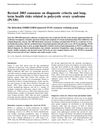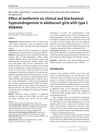Persistent Poor Metabolic Profile in Postmenopausal Women With Ovarian Hyperandrogenism After Testosterone Level Normalization
April 2019
in “
Journal of the Endocrine Society
”
ovarian hyperandrogenism virilizing ovarian tumors ovarian hyperthecosis bilateral oophorectomy testosterone postmenopausal women metabolic risk factors obesity hypertension type 2 diabetes dyslipidemia BMI fasting plasma glucose glycated hemoglobin lipid levels high testosterone ovarian tumors ovarian surgery blood sugar cholesterol levels
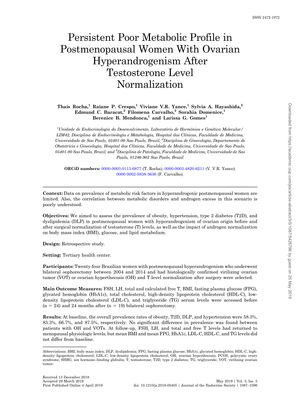
TLDR Postmenopausal women with hyperandrogenism didn't have better metabolic health even after their testosterone levels became normal.
The study focused on the metabolic profiles of 24 postmenopausal Brazilian women with ovarian hyperandrogenism, specifically those with virilizing ovarian tumors or ovarian hyperthecosis, who underwent bilateral oophorectomy between 2004 and 2014. The researchers measured obesity, hypertension, type 2 diabetes, and dyslipidemia prevalence, as well as BMI, fasting plasma glucose, glycated hemoglobin, and lipid levels before and 24 months after surgery. Initially, there were high rates of obesity (58.3%), type 2 diabetes (83.3%), dyslipidemia (66.7%), and hypertension (87.5%). However, even after testosterone levels normalized post-surgery, there were no significant improvements in these metabolic risk factors. The study concluded that long-term normalization of testosterone levels did not improve metabolic risk factors in postmenopausal women with hyperandrogenism.
